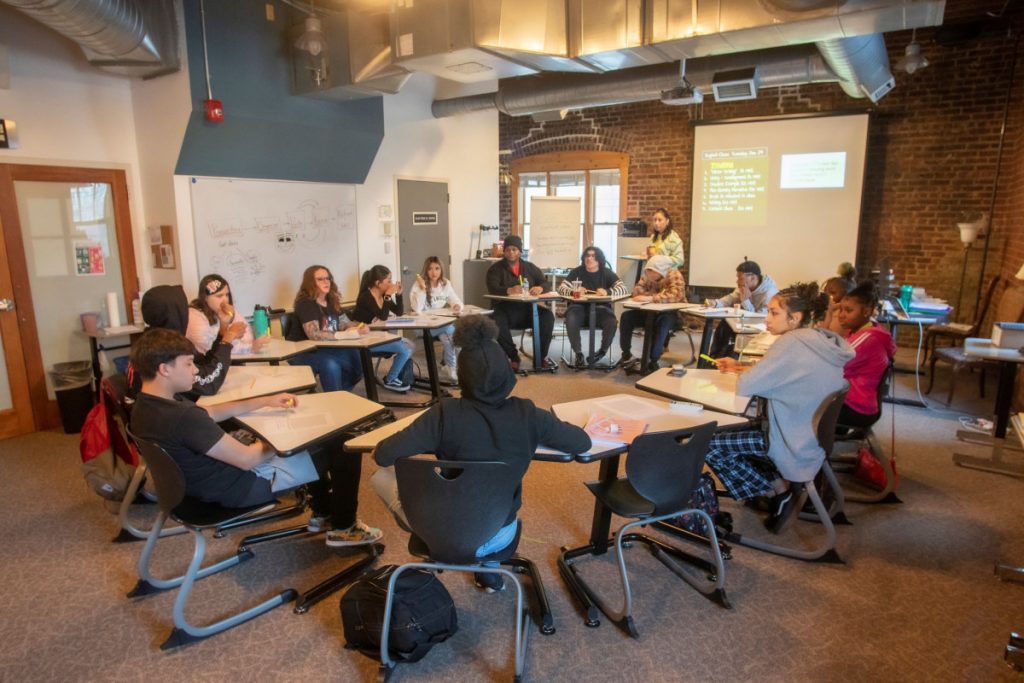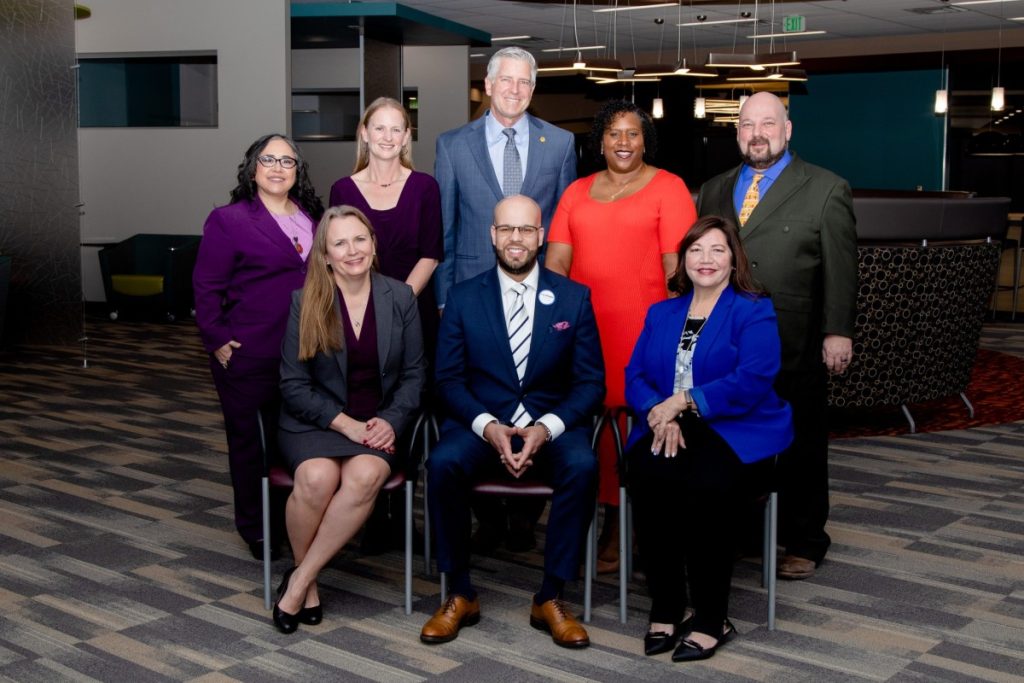Editor’s note: This article excerpt is from a longer piece that appeared Jan. 6 in the Thomas B. Fordham Institute Flypaper. We suggest that you follow the link and read the entire piece. It was written by Tim Daly, Chief Executive Officer of EdNavigator.
School closures are awful. I won’t argue otherwise.
But they are almost certainly on the horizon. Due to enrollment shifts and falling birth rates, many districts nationwide are experiencing a surge in empty seats. For a few years, federal funding tied to pandemic recovery may allow districts to delay difficult consolidation decisions. However, there will come a time when the expense of staffing, maintaining, and operating an outsized number of schools becomes untenable—and closures will be the only option.
The numbers tell the same story in city after city: Just 60 percent of the available placements in Indianapolis are occupied. After shrinking by several hundred thousand students since 2000, Los Angeles expects to lose another 28 percent of its enrollment over the next eight years. Shifts in Boston have left the district with the equivalent of 16.5 unused school buildings. Chicago, which famously closed fifty schools in 2013 under Mayor Rahm Emanuel, subsequently self-imposed a five-year moratorium on closures. Then, in 2021, a new state law prohibited closures and consolidations until 2025. Meanwhile, enrollment has plummeted. In fact, Chicago has 80,000 fewer students than it did in 2013. This school year, district data show over forty schools with fewer than 200 students.
We are confronted by a national wave of enrollment decline in our urban systems.
Unpleasant though school closures may be, there are steps leaders can take to mitigate their negative effects on families. The most irresponsible approach is living in denial even when closures have become inevitable.
Denver Public Schools recently provided a high-profile example of what not to do. Its fiasco began in June 2021 when the the Denver school board passed a resolution directing district leaders to address declining enrollment. A list of ten schools was eventually identified for closure—including some that required additional subsidies of more than $500,000 each school year to maintain basic services for students, due to their small size. After community pushback, Marrero cut the list to five. By the time the school board was set to vote on the closures, Marrero removed three more schools, leaving just two. The board ultimately did not vote to close any schools and sent Marrero’s team back to the drawing board.
To sum up, the district spent eighteen months to make no decision at all.




